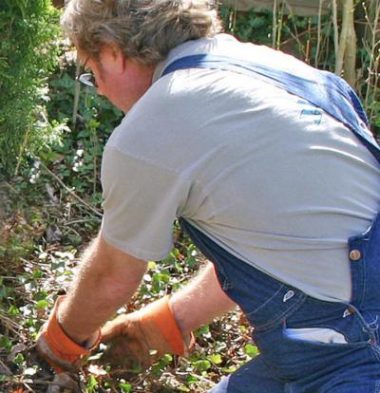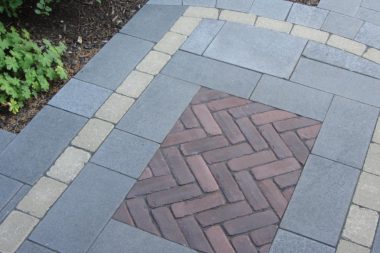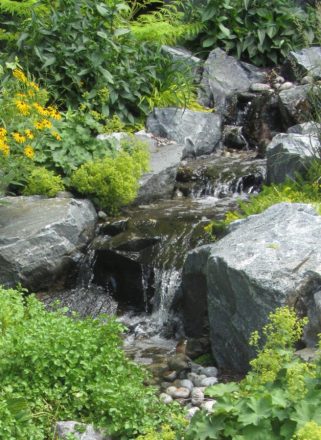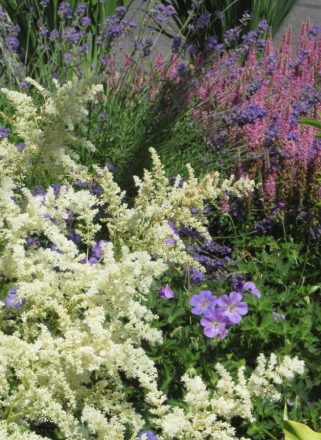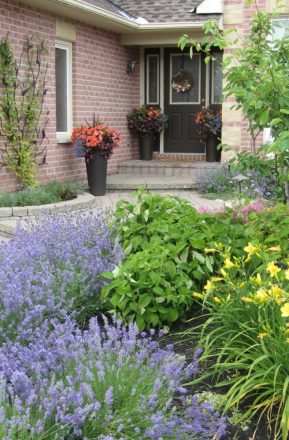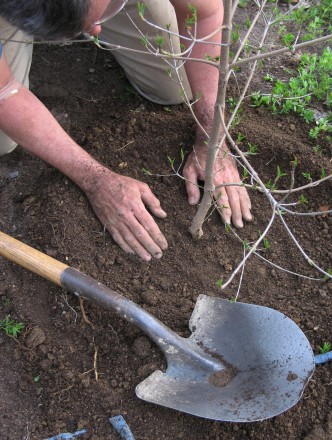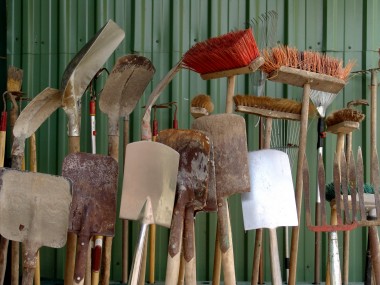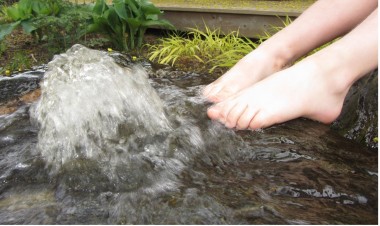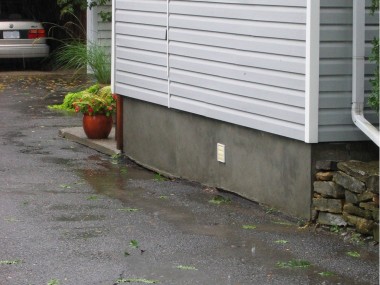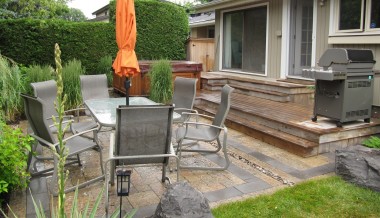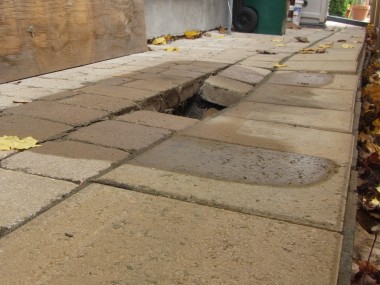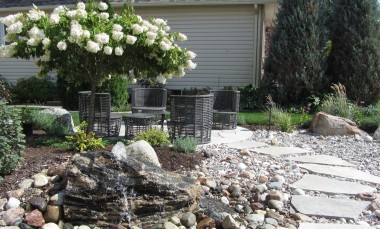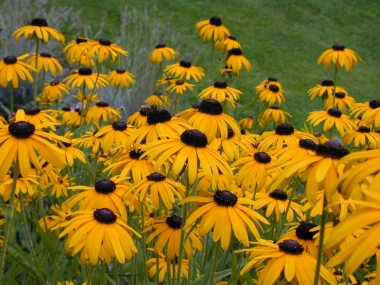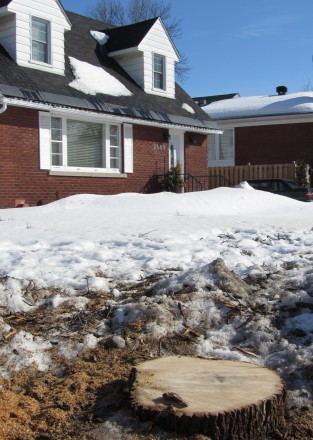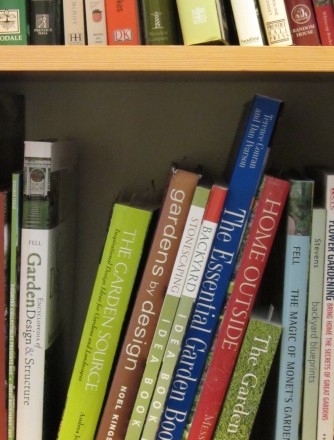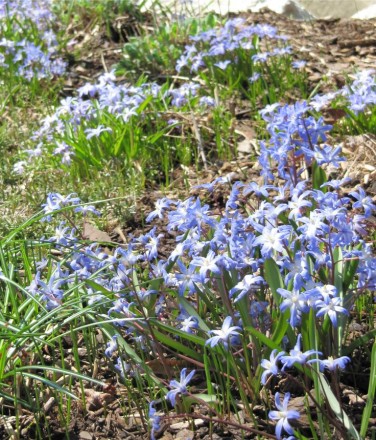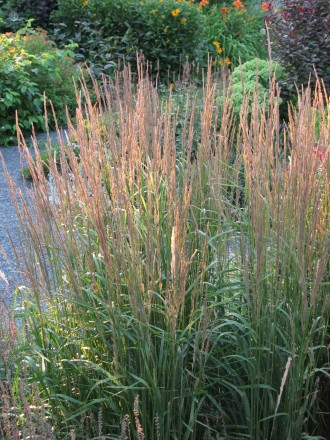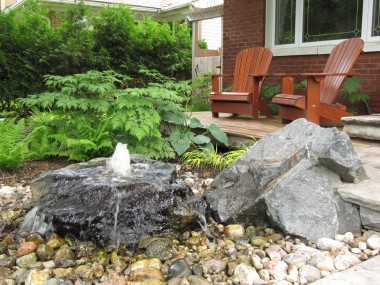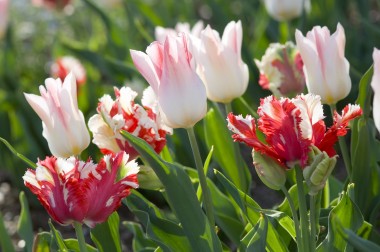By Jay Ladell
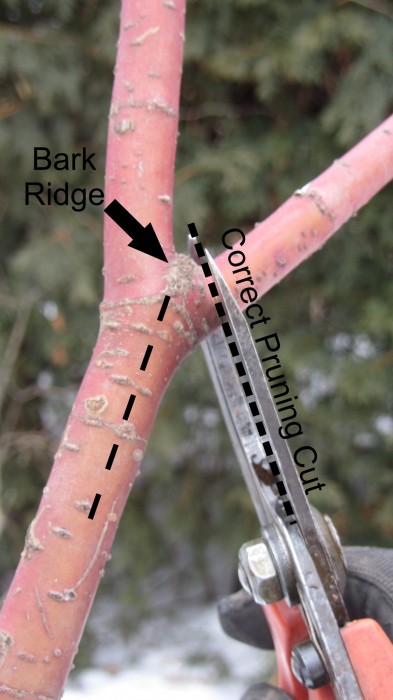 Pruning your garden’s trees and shrubs is essential to ensuring their long-term health and splendour, which will also enhance the beauty and value of the space surrounding your house.
Pruning your garden’s trees and shrubs is essential to ensuring their long-term health and splendour, which will also enhance the beauty and value of the space surrounding your house.
Sadly, despite being a simple process, too many gardeners are intimidated by pruning.
Here are some tips on how to help prevent future problems for your trees and shrubs and improve their looks, including promoting more flower growth.
The goal of pruning is to help direct the plant’s energy into branching that will ensure it develops a strong, healthy structure and attractive form. Plus, some plants, like fast growing shrubs (Spirea, Spiraea spp., and Potentilla, Potentilla fruticosa), need annual pruning to promote renewed growth.
When is the best time to prune? When dealing with dead, diseased or damaged branches, prune them the moment you see them. Otherwise, seasonal pruning is done after the shrub has flowered or in the early spring when they are dormant and before they produce buds.
Tools: For branches less than a half-inch in diameter, always use sharp bypass secateurs, which look like a pair of scissors with thick handles and blades. Blunt blades will crush and tear the branch, leading to damage and/or disease. For larger branches, use either loppers or a good quality-pruning saw.
Tip 1: Trimming and pruning are two separate techniques. Proper pruning is the act of removing branches where they branch off so the plant can heal itself. Trimming is removing the tips of branches, usually to create a uniform or rounded plant shape. This is what you do to a hedge or the tops of fast growing shrubs to promote heavy growth at the branch tips. While some shrubs tolerate trimming, it is detrimental for health and form of most. It also removes all the flower buds on many shrubs.
Tip 2: How much should be pruned? There are different pruning techniques for shrubs depending on how quickly they grow. For most fast-growing shrubs, use secateurs to trim back 25 percent of the top growth. Then remove up to 25 percent of the oldest stems right down to the ground. Early spring, before the new growth comes out, is the best time to prune these shrubs.
Slower growing shrubs (e.g.: viburnums, Viburnum spp.; lilacs, Syringa spp.; Japanese maple, Acer palmatum; and serviceberries, Amelanchier spp) require pruning to enhance form and structural strength. Start by removing diseased, damaged and dead branches. Then remove any suckering growth – new stems growing up from side roots — down to the ground. Finally, to prune a strong structure, cut off branches that are growing inward or that cross one another or are growing off the main stem at a ‘V’ instead of a ‘U’ shape. Prune about 10% of live branches, and never more than 25%.
Tip 3: How to make a proper pruning cut. You do not want to leave a stump of the pruned branch to rot. Also avoid cutting flush with the main branch, as this will damage the bark that the plant needs to heal.
To make a proper cut, first find the natural bulge where the secondary branch meets the main branch. This is called the collar. Make the cut just outside the collar without damaging it. If there is no collar, look for a bark ridge at the top of the branch union. You will want to start your cut just beyond this ridge, angled away from the main branch, generally between 45 to 60 degrees in relation to the bark ridge.
A really good plant to test your pruning skills on is the hardy Red Bark Dogwood shrub (either Cornus alba or C. sericea). Even if you make a mistake, they grow and recover quickly.
Tip 4: Sanitize. Think of yourself as a horticultural surgeon and keep your tools clean, oiled and sharp. I always sanitize my pruners between plants, or if disease is suspected, after every cut. In general, I use disinfectant wipes when working in the garden. After working on a diseased plant, I soak the secateurs in a jar of anti-septic cleaning solution.
Tip 5: Always wear safety glasses and gloves while working. I cannot tell you how much it hurts to poke your eye with an unseen branch. I only let it happen once.
For more detailed information, including techniques and specialty pruning for roses and clematis vines, I recommend these books: Pruning Made Easy by M. Lombardi and C. Serra Zanetti and American Horticultural Society Pruning & Training Guide by C. Bickell & D. Joyce.
Article originally published in the O.S.C.A.R. newspaper

